“Shane” Exemplifies the Beauty of Westerns

“Shane” stars Alan Ladd. (Courtesy of Facebook)
Perhaps the most important and frequently recurring theme in the Western film genre is the study of the effects violence has on people, especially those who commit it. The genre is filled with stories of cowboys with adventurous, violent pasts trying, and, more often than not, failing to leave it all behind them. But rarely has this familiar tale been executed as well as in George Stevens’ “Shane” from 1953. It’s a quiet, methodical film, but one that develops its characters and the relationships between them exceptionally well and is quietly one of the more influential works in the genre. “Shane” has inspired such disparate films as Clint Eastwood’s “Pale Rider” and “Logan,” Hugh Jackman’s brutal final outing as Wolverine, in which characters watch “Shane” and quote its final dialogue scene during a key emotional moment.
Alan Ladd plays the titular character in a surprisingly gentle, quietly sad performance. Shane is, you guessed it, a lone gunslinger trying to walk a more peaceful path. That path leads him to the Wyoming homestead of the Starretts. After helping them stand up to a gang working for cattle baron Rufus Ryker (Emile Myer), who is trying to purchase all the local homesteaders’ land (or just run them off it, if need be), Shane is hired by Joe Starrett (Van Heflin) and quickly begins to bond with the young family. But as the gang continues to escalate its attacks against the homesteaders, it eventually becomes clear that Shane will have to call on his buried combat skills to protect the valley.
“Shane” has some nice visual elements, with the lush cinematography earning director of photography Loyal Griggs a well-deserved Oscar, but it’s perhaps unsurprisingly not the kind of sensory feast a modern viewer expects from an action film. The fight scenes betray the film’s age as Ladd and others engage in unconvincing fisticuffs, and Stevens can’t produce the same kind of tension in the gun duels that other Western directors like Sergio Leone did. But the lack of thrills is more than made up for by the emotional story at the film’s core.
“Shane” is really more of a family drama than an action picture, and watching the dynamics between Shane and the Starretts as the former tries to accept the idea of living a normal life is enthralling. Joey Starrett (Brandon deWilde), the young son of Joe and wife Marian (Jean Arthur), is instantly enamored with Shane, and their relationship is the heart of the film. Joey is fascinated by Shane’s obvious gunslinging prowess but is also occasionally frightened when the effects of Shane’s past traumas surface. These are some of the film’s most striking moments and highlight why Shane is incapable of living this kind of life, no matter how much he clearly wants to. The dynamic between Shane and the Starrett parents is also very interesting. There’s a clear spark between Shane and Marian, and while this understandably causes some degree of tension with Joe, for the most part, he and Shane have a warm relationship as well, clearly filled with a lot of mutual respect for one another, even if Shane’s presence does clearly emasculate Joe to some extent.
The supporting cast is less interesting, unfortunately. Ryker isn’t developed into anything other than a greedy thug, and Myer consequently doesn’t have the room or material to make him into a compelling antagonist. Stonewall Torrey (Elisha Cook Jr.), a headstrong homesteader, is a particularly grating character, though he does serve an important narrative purpose, and the fact that he is a Confederate sympathizer while Ryker’s hired gunslinger Jack Wilson (Walter Jack Palance) is said to be a Yankee does bring an interesting note of moral ambiguity to the story. Palance himself is the one standout among the supporting players, providing a welcome dose of sneering villainy.
However, despite its shortcomings “Shane” is ultimately an exceptional film, and it’s easy to see why it has been so influential. It’s a top tier Western, offering a compelling look at what the genre is capable of at its best, and even those few among its successors to equal or surpass it, such as “Unforgiven” and the aforementioned “Logan,” owe “Shane” a tremendous debt. Give it a try.
For a final note, as this will be my last review for the Ram, I would just like to thank everyone on the paper for the opportunity to write for it. I’m very grateful for all the people I’ve met here and how I’ve learned and grown as a writer, and I wish everyone the best going forward.



































































































































































































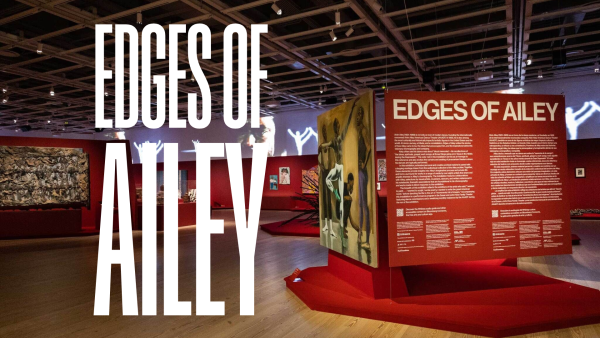
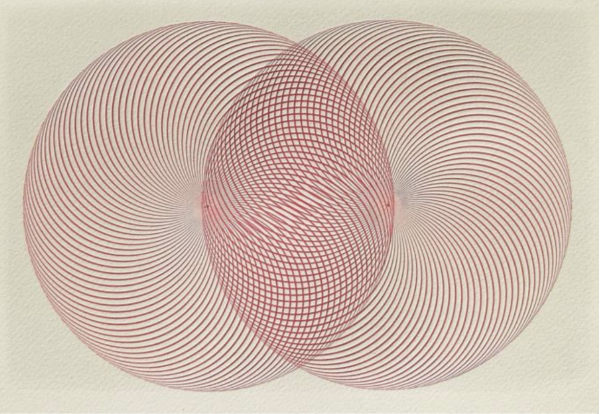
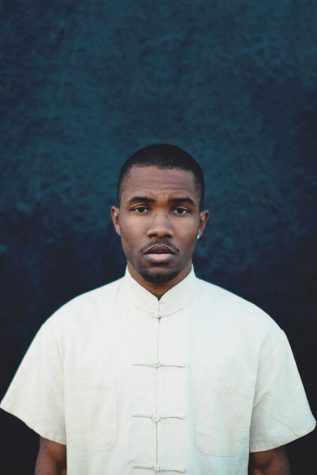
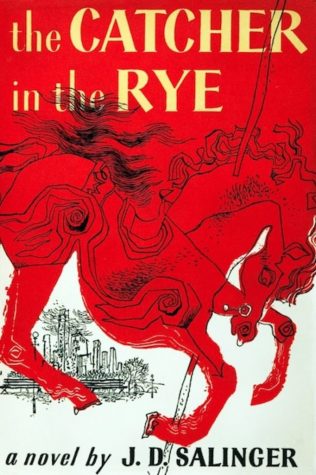
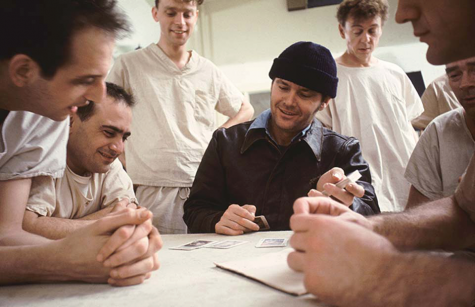





Dyre • Sep 3, 2020 at 2:11 am
Just one comment.
You write
The fight scenes betray the film’s age as Ladd and others engage in unconvincing fisticuffs, and Stevens can’t produce the same kind of tension in the gun duels that other Western directors like Sergio Leone did.
I agree about the fistfight scenes, but the gun scenes have tension just very different from the tension Leone uses. The duel between Stonewall and Palance is a very powerfull scene There is no Leone suspence, because it is inevitable that Stonewall will be dead, when the scene is over, but this makes it all the more powerfull.. Palance first provokes Stonewall, while at the same time keeping in the mud, and then clearly outdrawing Stonewall while waiting a second to shoot him, just because he can. His indifference to just having killed a man is also telling
While you can say that Leone glorifies violence and makes it exiciting and amazing , this movie does the opposite. Gunfights are dirty and have real consequences. I have read that they even just wires to jerk people, when they were shot to show the impact of being hit.